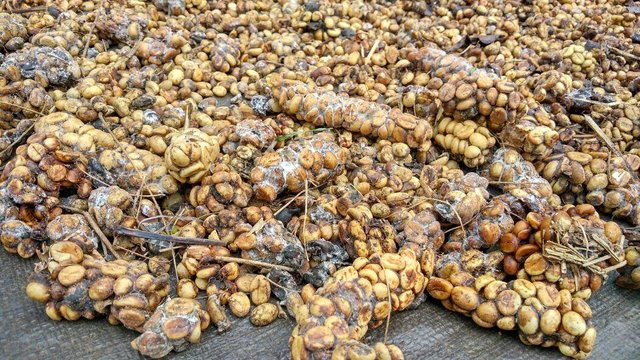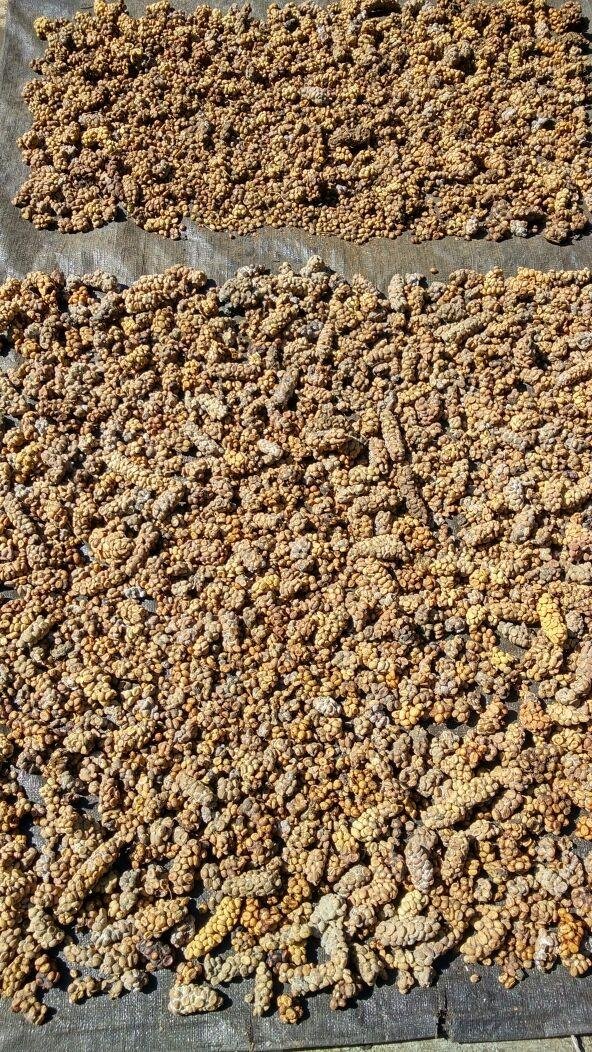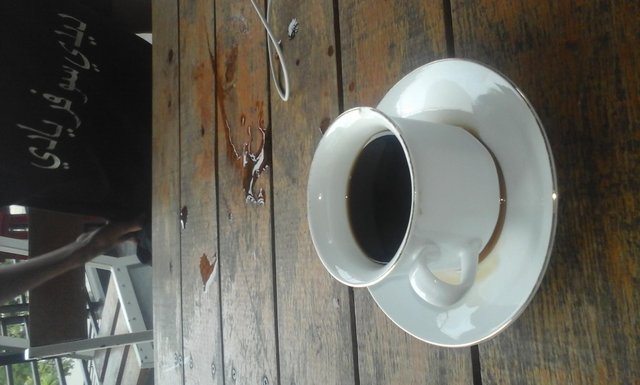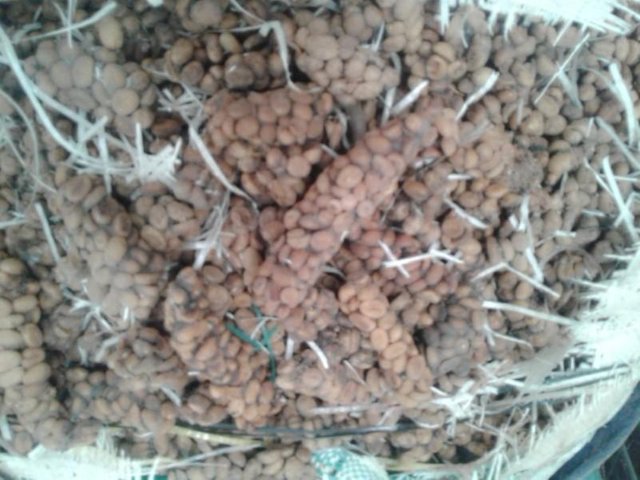History and Development of Luwak Coffee Indonesia Along With Price
History and Development of Luwak Coffee Indonesia Along With Price

The story behind the invention of Kopi Luwak can not be separated from the long history of European colonization. ... Kopi Luwak is an Indonesian pronunciation for the so-called "weasel coffee". Drinks made from the seeds of coffee beans are eaten and then thrown together with dirt as the Asian coconut weasel passes by.
(nationalgeographic.co.id)
The origin of civet coffee is closely related to the history of coffee cultivation in Indonesia. At the beginning of the 18th century, the Dutch opened commercial plantations in their colonies in the Dutch East Indies mainly on the islands of Java and Sumatra. One of them is an arabica coffee plantation with seeds imported from Yemen.
In the era of "Forced Cultivation" or Cultuurstelsel (1830-1870), the Dutch forbade indigenous plantation workers picking coffee for personal consumption, but locals wanted to try the famous coffee drink, Then the planters finally found that there was a kind of civet that liked to eat coffee, but only the meat was digested, the epidermis and the coffee beans whole and undigested. Coffee beans in civet droppings are then collected, washed, roasted, crushed, then brewed with hot water, then made civet coffee. (wikipedia.org)

Civet Coffee Processing
Civet coffee processing is the same as coffee processing in general, the difference is only in the natural fermentation process in civet digestion. The fermentation process uses fresh Arabica beans that are eaten by mongoose and mixed with enzymes in civet digestion, lasting for 8 hours - 12 hours. It creates exotic Kopi Luwak flavor and aroma of Luwak Coffee is very delicious.

Sequence of Kopi Luwak Processing Process
- Ingredients in the form of old coffee beans / ripe red / ripe ripe.
- Coffee beans are used as weasels. The process of fermentation in the digestive mongoose lasts for + 8 hours s / d + 12 hours.
- Dirt drying (Brenjel Raw) under the sun (Full SUN Drying) to 20% - 25% water content.
- Separation of civet coffee beans from the epidermis using a crushed machine (be Green Bean / Luwak coffee is ready to be roasted).
- Dry back the rice / luwak coffee beans under the sun (Full SUN Drying) to 16% water content.
- Civet Luwak until clean.
- Drying again until the water content of 10% - 11%.
- Luwak coffee beans on the roaster
- Pulverize to produce nuts until ready to be brewed coffee beans.
- After cooling process then cooled, then Kopi Luwak packed according to dose.
(http://farmmedica.blogspot.co.id/)

Luwak Coffee Prices In The Market
Posted by luwak coffee pricesIn the past indigenous people collected a small amount of civet coffee for a special occasion. But now, coffee beans are a source of income. Only 200 to 400 kilograms are circulating in the world market every year. In some countries, Luwak coffee is also well known.
Indonesian luwak coffee is sold with various types of civet coffee with different price range from each type of kopi luwak yangg offered. For the price of civet coffee on the market type robusta sold with a range of Rp. 750,000 to 1 million IDR for 1 kg of robusta mongoose coffee. For the type of arabica civet coffee market sold at a price that is quite expensive about 3 million IDR for 1 kg of arabica civet coffee. Even in Germany, the price of civet coffee on the market type of arabica sold at a price of 9 million IDR for 1 kg.
Amazing job @aneukaceh.coffee Followed...
Okay... i follow
Nice 👍😁